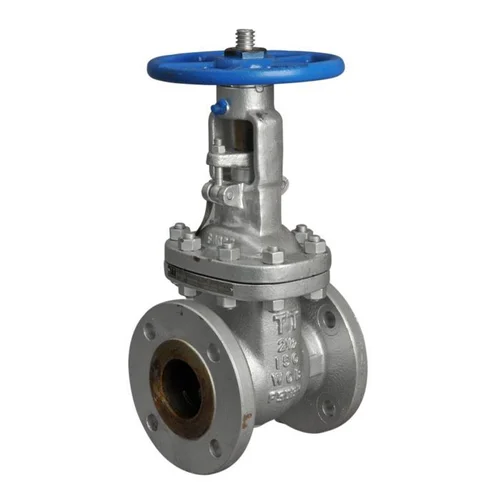Understanding Pressure Ratings and Valve Standards (ANSI, DIN, API)

When it comes to selecting the right valve for your project, one of the most critical—and often overlooked—factors is pressure rating. Misunderstanding this can lead to serious safety risks, equipment failure, or costly downtime. In this article, we’ll break down the basics of pressure ratings and explore three of the most widely recognized valve standards in the world: ANSI, DIN, and API.
What Is a Pressure Rating?
A pressure rating indicates the maximum pressure a valve can safely handle at a specific temperature. These ratings are essential for ensuring the valve performs under expected working conditions.For example, a valve rated at ANSI 150 can generally handle 285 psi at 100°F (38°C)—but this limit decreases as temperature increases.So, selecting the right pressure rating means understanding your operating pressure, temperature, and media characteristics.
Common Valve Standards Explained
Valve standards exist to unify manufacturing and performance criteria across regions and industries. Let’s look at the big three:
✅ ANSI / ASME (American Standards)
- Used in: North America and globally in oil & gas, petrochemical, and power industries
- Pressure classes: 150, 300, 600, 900, 1500, 2500
- Defined by: ASME B16.34, B16.5, etc.
- Focus: Pressure-temperature ratings, flange dimensions, materials, testing
ANSI-rated valves are widely accepted in high-demand environments. They're often the standard for refineries, chemical plants, and offshore platforms.
✅ DIN (Deutsches Institut für Normung – German Standards)
- Used in: Europe, especially Germany and Central Europe
- Pressure classes: PN10, PN16, PN25, PN40, PN63, PN100
- Defined by: DIN EN 1092, DIN 3352, etc.
- Focus: Metric measurements, flange types, valve designs
DIN standards are popular in European installations and are ideal for applications where metric systems and European specifications dominate.
✅ API (American Petroleum Institute Standards)
- Used in: Oil & gas industry globally
- Relevant specs: API 6D (pipeline valves), API 598 (testing), API 607 (fire safety)
- Focus: Performance, fire testing, leak testing, inspection
API valves are trusted for critical and hazardous operations, including pipelines and offshore drilling, where reliability under extreme conditions is non-negotiable.
FCT’s Take: Why Standards Matter
At FCT, we design and manufacture valves that meet or exceed global standards. Whether your project requires ANSI-compliant valves for a refinery, DIN-standard valves for a European plant, or API-certified valves for critical oil & gas applications, we make sure you get the right valve, for the right job, with the right certification.